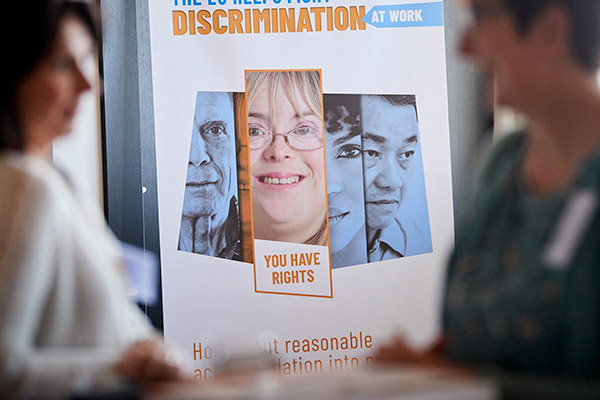How to bring about positive change that lasts
Most of us are well aware of the main triggers of biases: race, gender, age, religion and sexual orientation. Most of us would also probably deny overtly expressing these biases. But what about the things we do without even realising? When we more readily discard an applicant’s CV because the name is of overseas origin. When interviewers typically give higher ratings to job candidates they consider more attractive. Or when we default to providing certain people with opportunities or allocating work to them because we feel an affinity with them.
Unconscious bias training is an increasingly popular attempt by organisations to combat this. The intention is to raise awareness of these unconscious biases so we can be conscious of our thoughts and actions and the impact these have on others, ourselves and our organisations. The problem is, training alone is not enough. Research has found that anti-bias training is generally unsuccessful. It does not always improve things and, occasionally, makes things worse.
The WorkLife Podcast is an excellent discussion about how organisations can maximise the success of training. For lasting impact, training should focus on changing habitual behaviours rather than just attitudes. The theory is if we treat our biased behaviours as habits, we’ll recognise what triggers them and when and choose a different response.
Most importantly, we also need to transform organisational habits to support new individual behaviours. Battling unconscious bias doesn’t end with the training session. A series of initiatives will help make it an ongoing, lived experience. This requires an organisational commitment to change and allocation of resources to that commitment. While educating staff is one key element of change, another is analysing our organisations to determine the potential for systemic biases. One example is ensuring the equitable allocation of work through building a system that provides meaningful development opportunities to underrepresented employees. Another example is ensuring desired behaviours are built into the organisation’s performance evaluation tools.
As with any habitual change, mitigating the impact of unconscious bias—based, as it is, on attitudes and behaviours reinforced over a lifetime—will come slowly. Perhaps we should think of it more as a journey than destination. If we’re committed, then we’ll be rewarded with healthy and positive new habits.
Share
